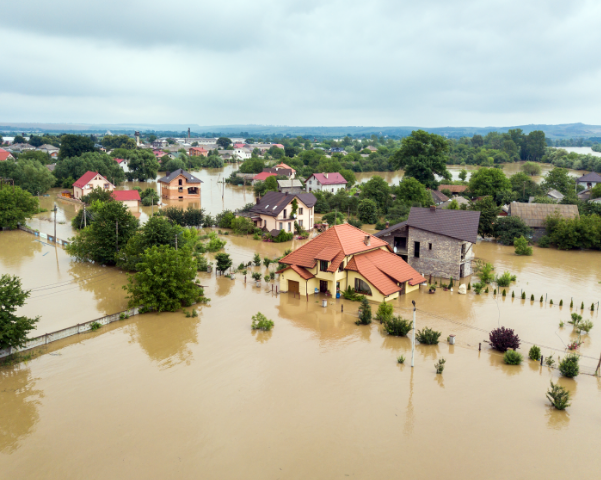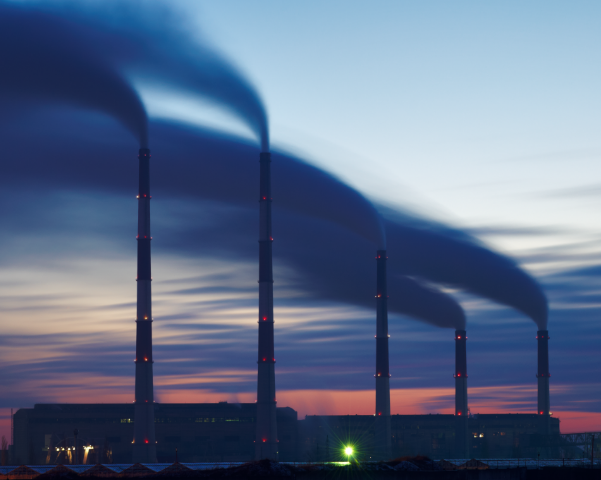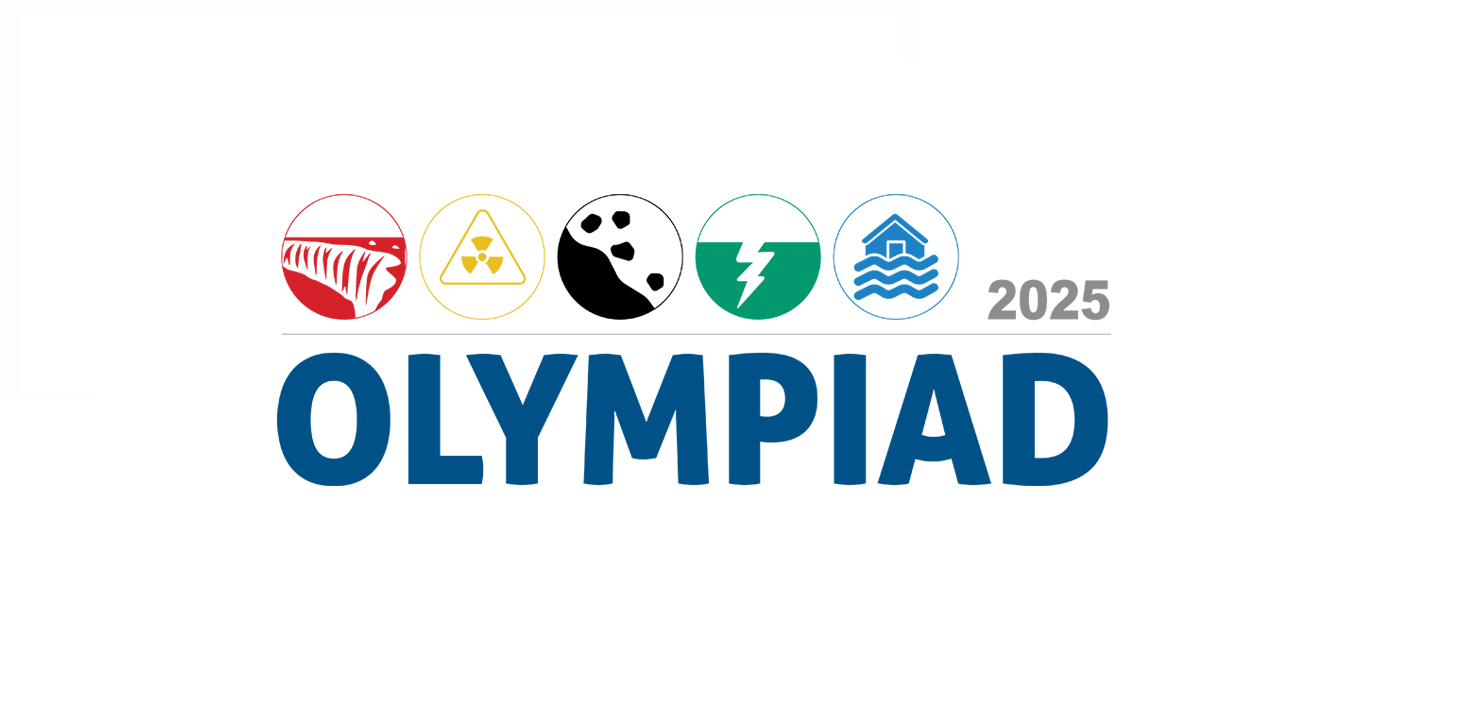BeSafeNet is a tool for promoting risk culture among populations.
It receives support from the European and Mediterranean Major Hazards Agreement of the Council of Europe.
Natural Hazards
Natural hazards are usually classified based on their causes and are thus subdivided into:
- Geological hazards are caused by earth processes either internal (volcanic eruptions and earthquakes) or external (landslides). Tsunamis are included among them as they are triggered by undersea earthquakes and other geological events.
- Hydro-Meteorological hazards are most often weather-related phenomena (such as floods, droughts/desertification, landscape fires, avalanches, hurricanes/storm surges and sea level rise).


Technological Hazards
Accidents such as Bhopal in 1984, Chernobyl in 1986, Toulouse in 2001 or Fukushima in 2011 demonstrate the high risk of hazardous materials being released into the environment and the adverse effects on a large number of people in the immediate and wider environs.
Such chemical or radiological disasters, as well as dam failures, mainly result from human activity and consequently, their occurrence seems more foreseeable than natural catastrophes.
Vulnerability
The frequency and intensity of natural and technological hazards together with the vulnerability of the affected elements and society are responsible for the negative repercussions of that hazard. Consequently, the assessment of vulnerability is critical to the reduction of such consequences and associated risk.
To better understand the concept of vulnerability, it is necessary to acknowledge that it is currently used by various disciplines (e.g. structural, economic, institutional or social) that tend to emphasize different factors in their methodology for measuring vulnerability. For example, social scientists often consider vulnerability as indicative of those socio-economic factors that influence society’s capability to cope with stress or negative changes (e.g. occupation, education, income, wealth and where someone lives).



